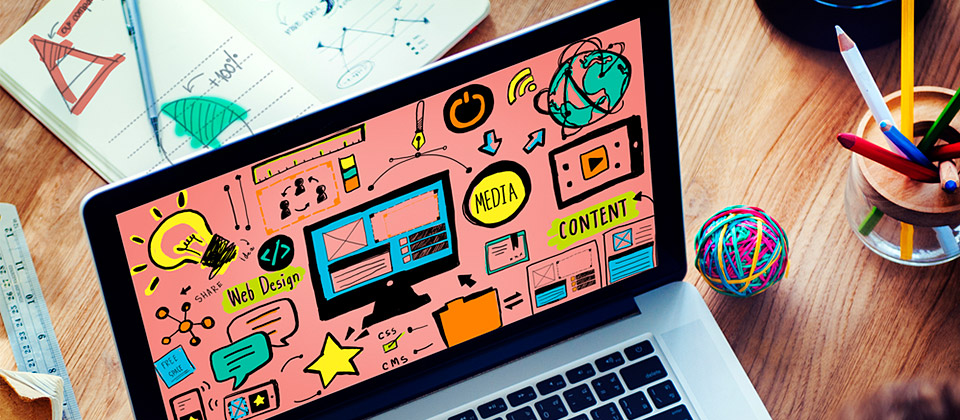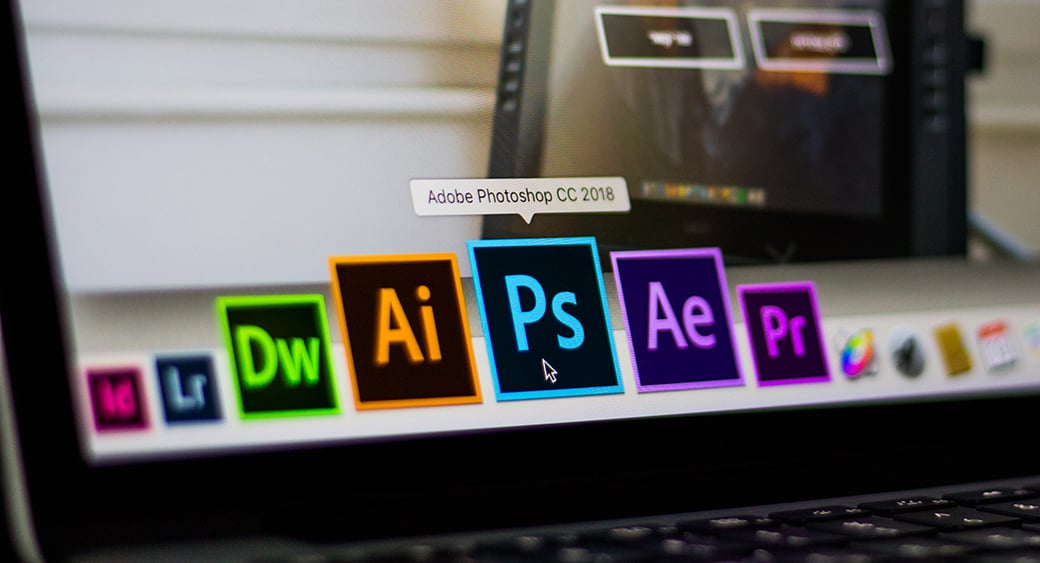Web design is one of the branches of web development that specializes in creating website design from designing the site structure to subsequent visualization. In this article, I will tell you in detail about web design: what it is and how to start a career as a web designer if you want to change your current profession.
Creating a ready-made site layout involves working on layout and visualization. Layout is the arrangement of various design elements on the layout (pictures, buttons, texts, forms, etc.), and visualization is the detailed study of the layout with the addition of colors. Professionals working in the field of web design are called web designers.
Modern Web design has long gone beyond the usual aesthetics and visual beauty. The area of responsibility of this area also includes the convenience and functionality of sites. This is not a whim of designers, but the trends of the current market. Users are focused on user-friendly interfaces, so web designers need to adapt to these requests and create aesthetically pleasing sites with a clear and thoughtful structure.
In addition to web design, there is another direction called UX UI design or interface design. What is it and what is the difference between them, I described in the corresponding article, I recommend reading it.
Visual elements of web design
Web design is made up of many elements that together create a website layout. We use the results of the work of web designers (and web developers) on the Internet every day, visiting any site.

Texts
Text is one of the key elements in web design, because with the help of it we get information and understand what this or that site is about. The simpler and more concise the text is written, the easier it is for the user to perceive the information. In addition, the text on the site should be readable so that the user is pleased to interact with it. That is why the ability to work with text distinguishes a professional web designer from an average one.
If the text on the site is poorly readable (for example, the font is too small or the font color is dull), then in this case, most users will leave the resource. Simply because interacting with such text causes discomfort. The ability to work with typography is an important skill for any web designer.
Of course, a web designer should not be a copywriter, but still, the ability to write clear text and format it correctly will only be a plus.
Colors
Each site has its own color palette. Moreover, each individual niche has its own color schemes that are associated with this particular area. For example, medicine is associated with turquoise or blue, while ecology is associated with green. This is called a meta post.
If a web designer doesn’t properly convey the theme’s meta message with color, the user may experience dissonance. Agree, it would be strange to see a site about ecology in red or yellow colors.
That is why the ability to work with color and combine shades with each other is also a key skill for any web designer.
Composition
Any site has a structure, according to which the final design of the project is developed. Each design element is located in the layout in a certain place, and together all the elements create the composition of the site. The arrangement of elements is subject to the so-called grid – these are invisible guides relative to which all content is located.
Working with grid and composition is another key skill for a web designer. If the composition is not adhered to in the work, then the final design will turn out to be chaotic and without a traceable logic of the arrangement of objects.
Shapes
Shapes are primitive geometric shapes: square, circle, rectangle, and so on. Any website design consists of similar primitives. Any button is a shape, any input field is a shape, any picture is a shape, and so on.
Indentation
Padding gives the design an airy feel. Thanks to indents, you can form a hierarchy and group logically related elements together. In short, padding is a powerful tool in the hands of a web designer to help create an aesthetically pleasing design.

Pictures and icons
Pictures serve to convey emotions in web design or to explain actions in detail. Icons are used for simple navigation, so that the user can easily and quickly read information by seeing a specific icon.
Both elements are an integral part of any design and help users to “cling” to certain pieces of information.
In addition to visual elements, there are also functional elements in web design.
Navigation
Navigation helps users find the information they need and quickly navigate the site. Competent navigation is the key to an easy-to-use site, poor navigation is hate on the part of users.
That is why every web designer should first of all think over a simple and understandable site navigation. There is a rule of 3 clicks, which says that the user must reach the desired information in 3 clicks. If there are more clicks, then such navigation is considered weak and needs to be improved.
Animation
Animation serves to make user interaction with the interface more interesting. In addition, animation helps to draw users’ attention to certain parts of the design or information.
The main rule here is that animation should be minimal so as not to overload the interface and not take too much attention from users.
It’s all about web design elements. In addition to web design, there is also such a direction as graphic design. Let’s see what is the difference between them.
